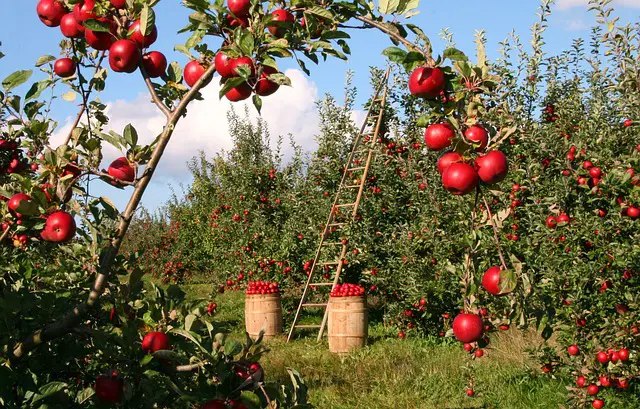Tips on Harvesting and Preserving your Homegrown Produce
There’s nothing quite as satisfying as growing your own fruits and vegetables. Whether you have a sprawling garden or just a few pots on your balcony, the joy of watching your plants flourish is unparalleled. However, the work doesn’t end once the crops have grown. Proper harvesting and preservation techniques are essential to ensure that your homegrown produce stays fresh and delicious for months to come. Here are some tips to help you make the most of your harvest.
1. Harvest at the Right Time:
Knowing when to harvest is crucial for optimal flavor and nutritional value. Each fruit or vegetable has its indicators of ripeness. Research the specific variety you’re growing or consult a gardening guide to determine these indicators. Generally, fruits and vegetables should be harvested when they’re fully mature but before they become overripe.
2. Use the Right Tools:
To avoid damaging your plants and crops during harvesting, always use proper tools such as shears, pruning scissors, or a sharp knife. Using dull or inappropriate tools can not only harm the plant but also reduce shelf life by causing bruises or cuts that allow pathogens to enter.
3. Handle with Care:
Once harvested, handle delicate produce with care to prevent bruising or crushing. Even small bruises can rapidly degrade fruits and vegetables, accelerating spoilage.
4. Cleanse Properly:
Before preserving your harvest, ensure that all produce is thoroughly washed using cool water. Be gentle, especially with fragile items like berries, to avoid damaging their skin.
5. Select Suitable Preservation Methods:
Different preservation methods work best for different crops. Some common techniques include freezing, canning, drying/dehydrating, fermenting, pickling, and making preserves or jams.
– Freezing: Blanch vegetables before freezing to maintain their quality during storage.
– Canning: Use safe canning practices involving sterilized jars and airtight lids for long-term storage of fruits, vegetables, and even sauces or salsas.
– Drying/Dehydrating: Remove moisture from fruits, herbs, or vegetables to extend their shelf life naturally. Invest in a food dehydrator or use the sun and air-drying methods for effective results.
– Fermenting: Preserve vegetables like cucumbers or cabbage by fermenting them into flavorful pickles or sauerkraut. The fermentation process not only extends their shelf life but also enhances their taste and health benefits.
– Pickling: Preserve produce by immersing them in vinegar or brine. This method works well for cucumbers, beets, carrots, onions, and many other vegetables.
– Making Preserves/Jams: Cook down fruits with sugar to create delicious spreads that can be stored in jars for months.
6. Label and Store Properly:
No matter which preservation method you choose, label all containers with the name of the crop and the date of preservation. Ensure that containers are clean, airtight, and stored in a cool, dark place away from direct sunlight to maintain quality.
7. Prioritize Consumption:
Lastly, while it’s tempting to preserve every bit of your harvest for future use, remember to prioritize what you’ll consume within a reasonable timeframe. Freshly harvested produce is often at its peak in terms of taste and nutrition.
By following these tips on harvesting and preserving your homegrown produce, you can extend the enjoyment of your efforts well beyond the growing season. Enjoy the fruits (and veggies) of your labor year-round!













